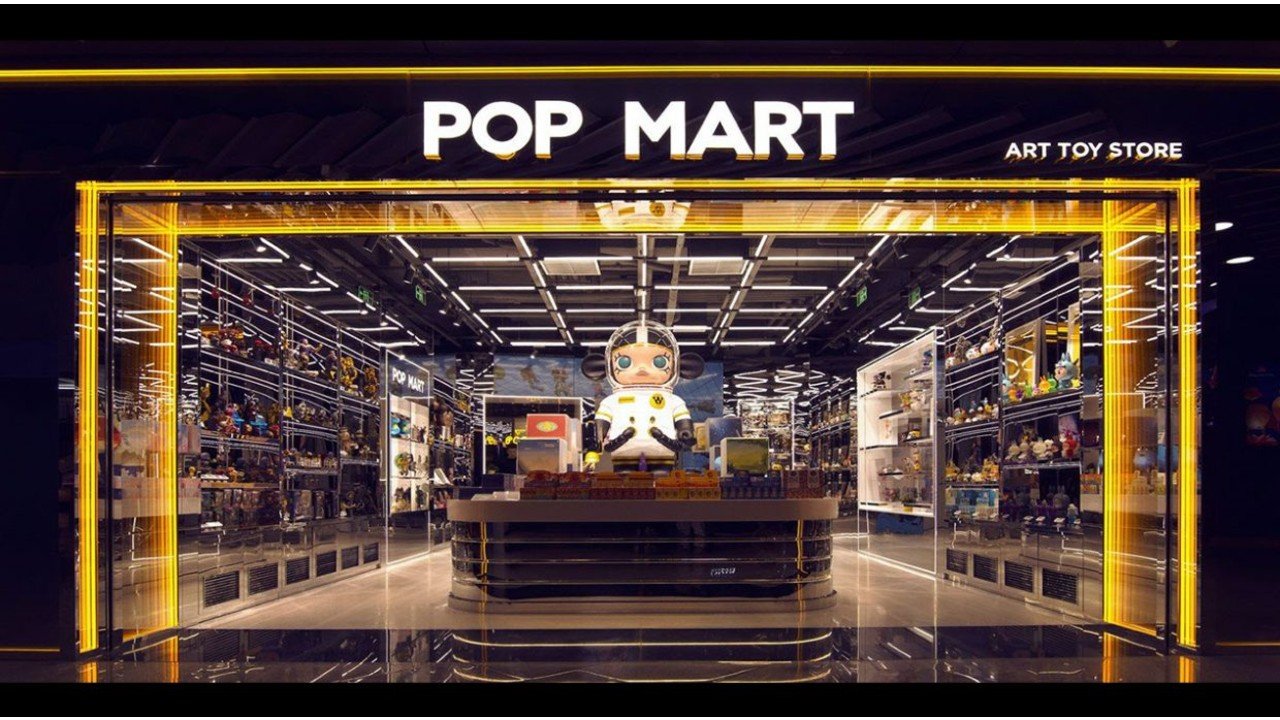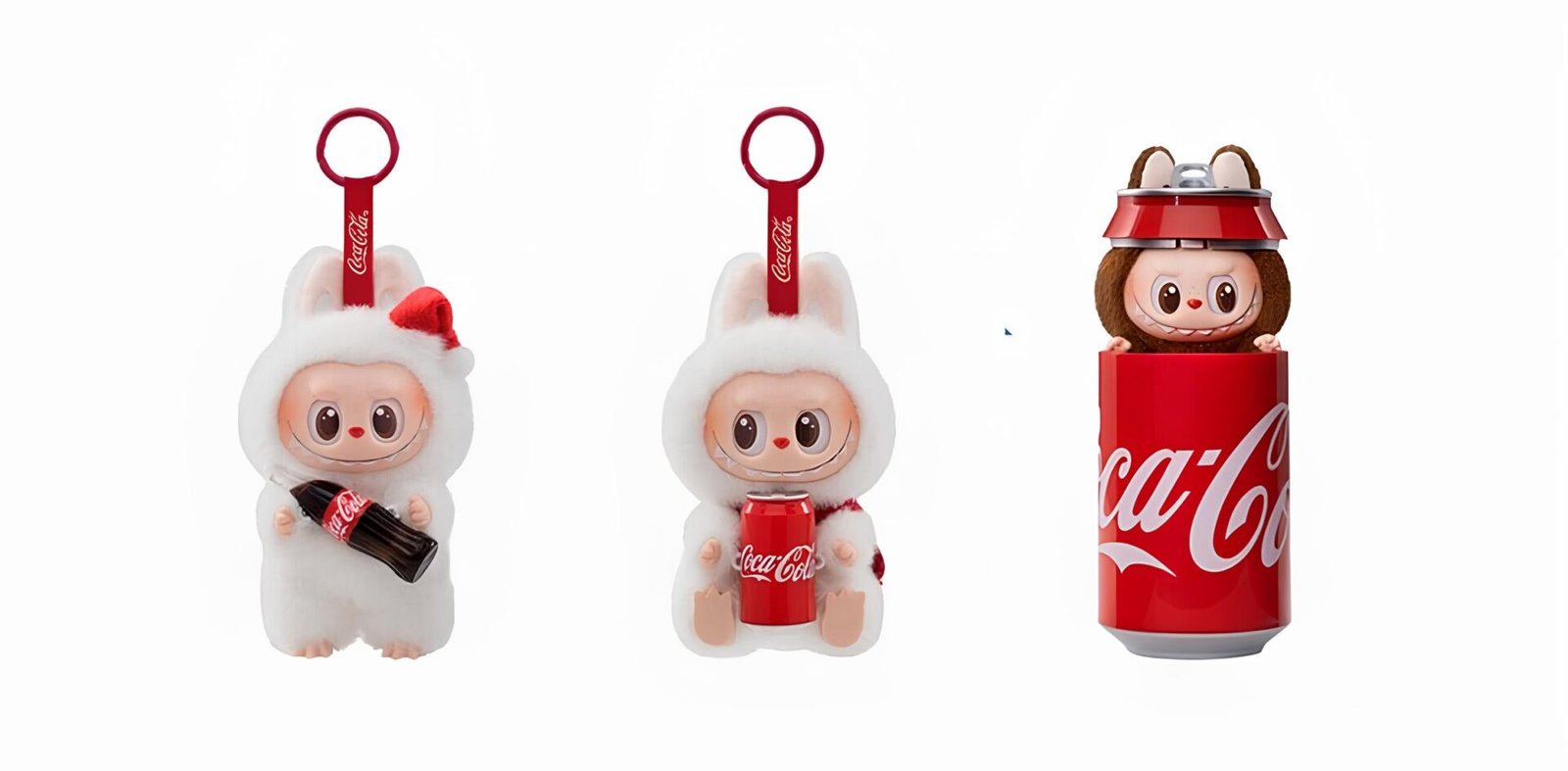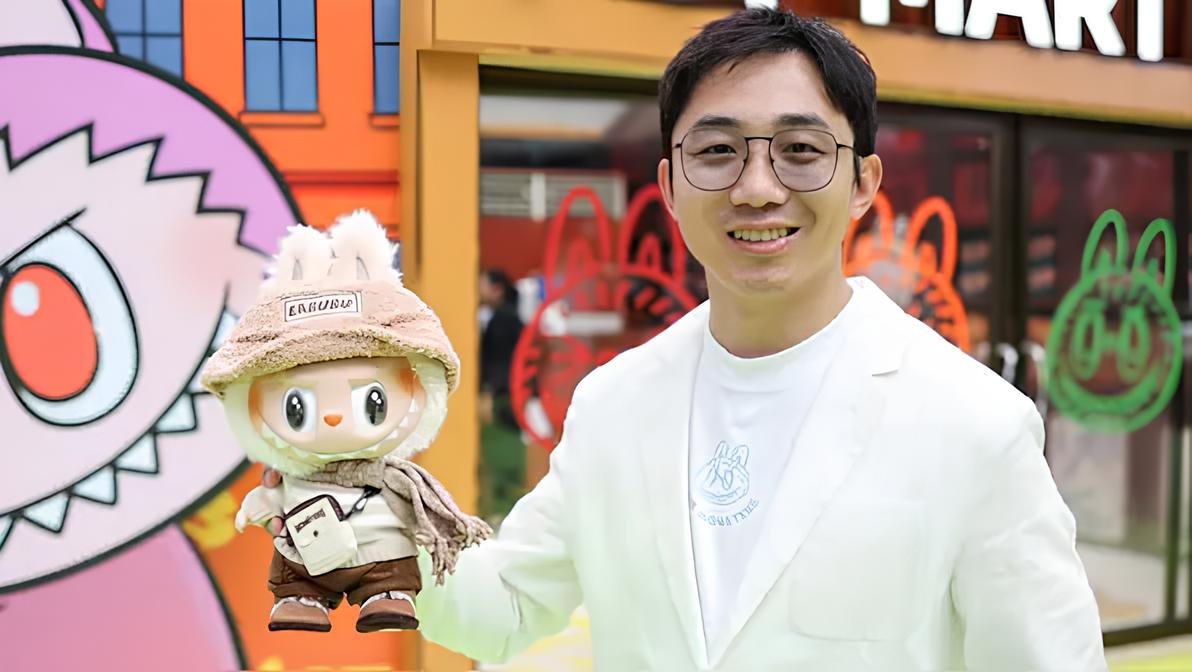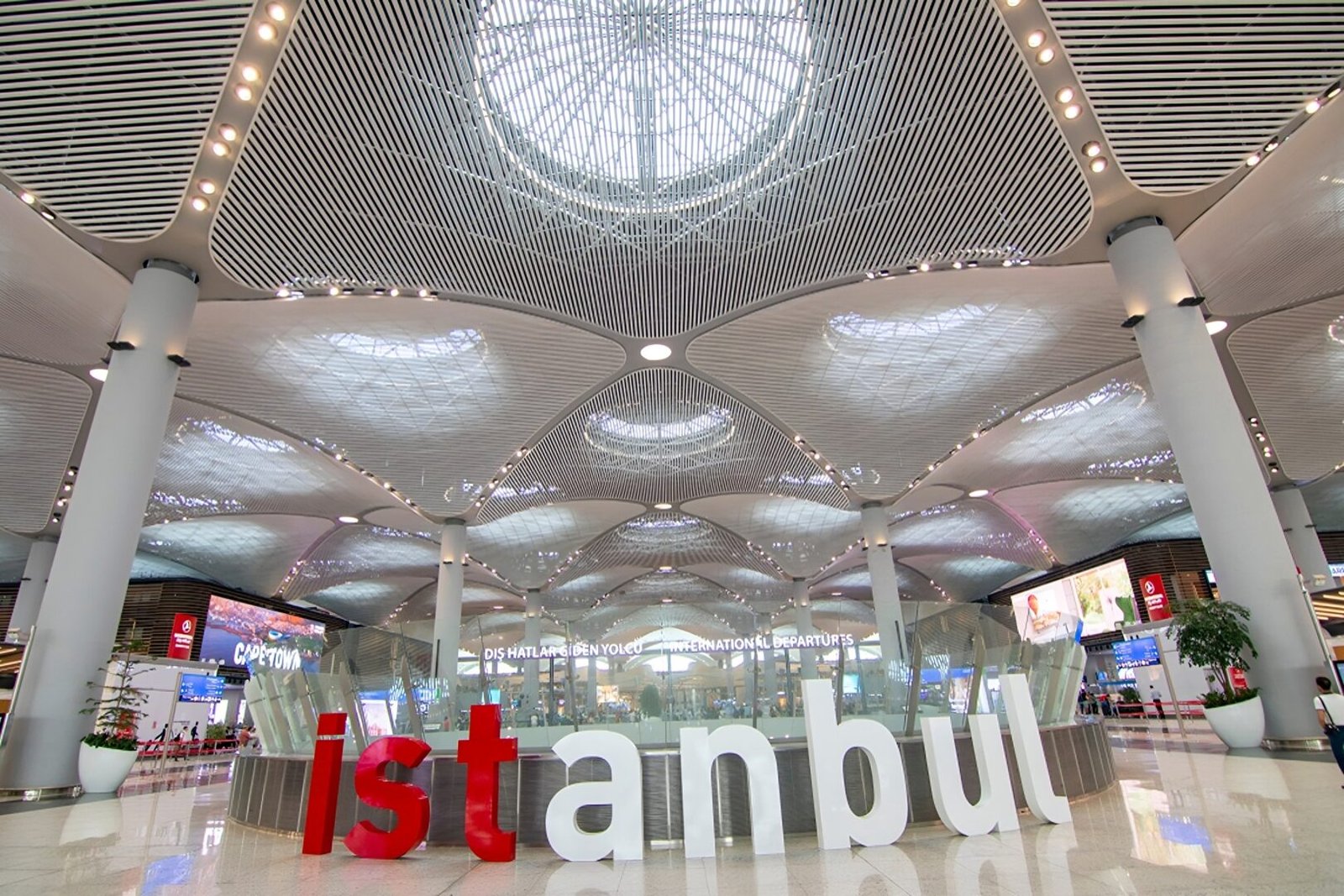In 2019, a mischievous, “ugly-cute” elf named Labubu sparked a global collectible craze, transforming Pop Mart into a billion-dollar toy empire and catapulting its founder, Wang Ning, into China’s top 10 billionaires. This article dives into Labubu’s origins, Pop Mart’s innovative blind-box strategy, Wang Ning’s entrepreneurial journey, and his place among China’s wealthiest in 2025. We’ll also explore key business lessons and the challenges ahead for this cultural phenomenon. Discover how a Nordic-inspired toy became a global sensation and what it means for the future of consumer trends.
The Labubu Phenomenon: From Niche to Global Craze
Origins in Nordic Folklore
Labubu, created by Hong Kong-born, Belgium-based artist Kasing Lung, debuted in 2015 as part of The Monsters book series, drawing inspiration from Nordic mythology’s mischievous forest elves. Its signature toothy grin, pointed ears, and quirky charm didn’t gain traction until Pop Mart licensed it in 2019 for its blind-box collectibles. This partnership turned Labubu into a cultural icon, resonating with Gen Z and millennials worldwide.
The Blind-Box Strategy: Gamifying Collectibles
Pop Mart’s blind-box model—where buyers purchase sealed packages without knowing the specific figure inside—creates a thrilling mix of surprise, scarcity, and collectibility. With over 300 Labubu variations, including rare “secret” figures (1-in-72 odds), the model drives repeat purchases and fuels a vibrant secondary market. Rare Labubus have resold for thousands, with a human-sized figure fetching $150,000 at a Beijing auction in 2025. The gamified experience taps into dopamine-driven consumer behavior, making Labubu a viral sensation.
Wang Ning: From Small-Town Vendor to Billionaire Visionary
Early Life and Entrepreneurial Roots
Born in Henan, China, Wang Ning grew up helping his parents run a modest store selling CDs and watches. This early exposure to retail shaped his entrepreneurial mindset. After graduating with an advertising degree from Zhengzhou University, he launched a DVD business and a micro-retail concept selling lifestyle goods, laying the groundwork for Pop Mart’s innovative approach.
Founding Pop Mart: A Retail Revolution
- In 2010, Wang opened Pop Mart’s first store in Beijing’s Zhongguancun tech district, initially stocking comics, accessories, and toys.

- The turning point came in 2016 with a licensing deal for the Molly doll series by artist Kenny Wong, which sold 80,000 units in 20 days, marking Pop Mart’s shift to original IP.
- The company’s 2020 Hong Kong IPO raised $676 million, valuing it at $12.5 billion.
- By 2025, Pop Mart’s market cap soared to HK$365 billion (~$46.6 billion), surpassing toy giants like Hasbro and Mattel.
Labubu’s Global Impact: A Cultural and Financial Juggernaut
Explosive Sales and Market Growth
● In 2024, Pop Mart’s Monsters series, led by Labubu, generated RMB 3 billion ($419 million) in revenue, a 726.6% year-over-year increase.
● Total company sales reached RMB 13.04 billion (~$1.8 billion), with overseas revenue jumping 375% to RMB 5.07 billion.
● The U.S. market saw 900% growth, Europe 600%, and Southeast Asia followed suit, driven by celebrity endorsements from stars like BLACKPINK’s Lisa, Rihanna, and Dua Lipa.
● Pop Mart’s app topped U.S. download charts in April 2025, reflecting Labubu’s global demand.
Cultural Crossovers and Brand Collaborations
● Labubu’s “ugly-cute” aesthetic has transcended cultural barriers, appearing in high-profile collaborations with brands like Coca-Cola and One Piece.

● Pop Mart’s 530+ global stores, including flagships in Paris, London, and Tokyo, and 2,490+ roboshops (vending machines) amplify its reach.
● The brand’s appeal lies in its emotional connection, blending art, nostalgia, and social media virality.
● TikTok unboxing videos and celebrity endorsements have turned Labubu into a pop culture staple.
Wang Ning’s Wealth: Among China’s Top 10 Billionaires
Net Worth Surge
● Wang Ning’s net worth skyrocketed from $7.59 billion in late 2024 to $22.7 billion by mid-2025.
● This surge made him China’s 10th richest person and the youngest in the top tier, according to Forbes’ Real-Time Billionaires List.
● His fortune, tied to his Pop Mart stake, reflects the company’s meteoric stock price, which tripled in 2025 to over HK$270 ($34.40).
China’s Top 10 Billionaires in 2025
Here is the list of China’s top 10 billionaires as of mid-2025, based on Forbes and Bloomberg data:
- Zhong Shanshan (Nongfu Spring) – $61 billion
- Zhang Yiming (ByteDance) – $57.5 billion
- Ma Huateng (Tencent) – $56 billion
- Lei Jun (Xiaomi) – $42.9 billion
- Jack Ma (Alibaba) – $39 billion
- Li Ka-shing (CK Hutchison Holdings, Hong Kong) – $38.9 billion
- He Xiangjian (Midea Group) – $37 billion
- Wang Chuanfu (BYD) – $30 billion
- Ding Lei (NetEase) – $28 billion
- Wang Ning (Pop Mart) – $22.7 billion
Note: Rankings and net worths are based on Forbes’ Real-Time Billionaires List and Bloomberg Billionaires Index, with Wang Ning consistently placed at 10th.
Challenges and Future Outlook
Regulatory and Ethical Concerns
The blind-box model has drawn significant ethical scrutiny for its addictive mechanics, particularly among younger consumers. In China, regulators have flagged blind boxes as potential “gambling-like” triggers, with a 2022 State Administration for Market Regulation notice limiting sales to those over 15 and requiring transparent odds disclosure. A GQ article highlighted the human toll, quoting a 24-year-old Shanghai collector, Li Wei, who spent $12,000 on Labubu figures in 2024: “It’s like chasing a high—I’d sell my sneakers to buy another box, hoping for a rare one.” Such stories underscore the fine line between passion and compulsion, with some collectors facing financial strain.
Pop Mart has responded by implementing age restrictions, adding warning labels about responsible purchasing, and launching a “Collector’s Code” in 2025, encouraging mindful spending and community support for trading over excessive buying. The company also pledged to increase transparency by publishing drop rates for rare figures and partnering with mental health organizations to promote balanced collecting habits. Despite these efforts, critics argue that Pop Mart’s core model thrives on scarcity-driven hype, raising questions about long-term ethical sustainability.
Can Pop Mart Sustain Its $46.6B Valuation?
Pop Mart’s future hinges on its ability to innovate beyond Labubu. What if a new IP fails to capture the same magic? Analysts like Morningstar’s Jeff Zhang warn that Pop Mart’s stock, trading at 50x 2025 earnings, risks correction without a diversified portfolio. Characters like Dimoo, Crybaby, and Skullpanda show promise, but none have matched Labubu’s cultural impact. Will regulators tighten the screws on blind-box mechanics, potentially killing Pop Mart’s golden goose? In Russia, a proposed ban on Labubu sales—citing its “frightening” design—signals growing global pushback.

On the growth front, Pop Mart aims to expand to 700 stores by 2026 and bolster its 2,490+ roboshops. Its Beijing-based Pop Land amusement park and collaborations with luxury brands like Coach and Louis Vuitton position it as a lifestyle brand. The company projects 2025 revenue to exceed RMB 20 billion ($2.7 billion), a 50% increase, driven by international markets. However, can Pop Mart maintain its cultural edge in a crowded market, or will competitors like Funko or Bandai steal its thunder? The answers will shape whether Wang Ning’s empire can sustain its meteoric rise.
Key Business Lessons from Pop Mart’s Success
- Leverage Emotional Design: Labubu’s quirky, relatable aesthetic taps into Gen Z’s desire for authenticity and emotional connection.
- Gamify Consumer Experience: The blind-box model creates scarcity and excitement, driving repeat purchases and community engagement.
- Build Global Brand Prestige: Strategic store locations and celebrity endorsements elevate Pop Mart’s cultural relevance.
- Balance Hype with Responsibility: Addressing addictive behaviors and regulatory concerns is critical for sustainable growth.
- Diversify and Innovate: A robust IP pipeline mitigates risks of relying on a single character like Labubu.
Labubu’s Legacy and Beyond
Labubu’s journey from a Nordic-inspired elf to a global cultural icon highlights the power of emotional storytelling, innovative business models, and strategic global expansion. Wang Ning’s rise to China’s 10th richest person at age 38 underscores how creativity and consumer psychology can disrupt industries. Pop Mart’s success has redefined the collectibles market, inspiring a new generation of creators and entrepreneurs. As Labubu continues to shape pop culture, its story challenges brands to rethink how they connect with audiences worldwide.


